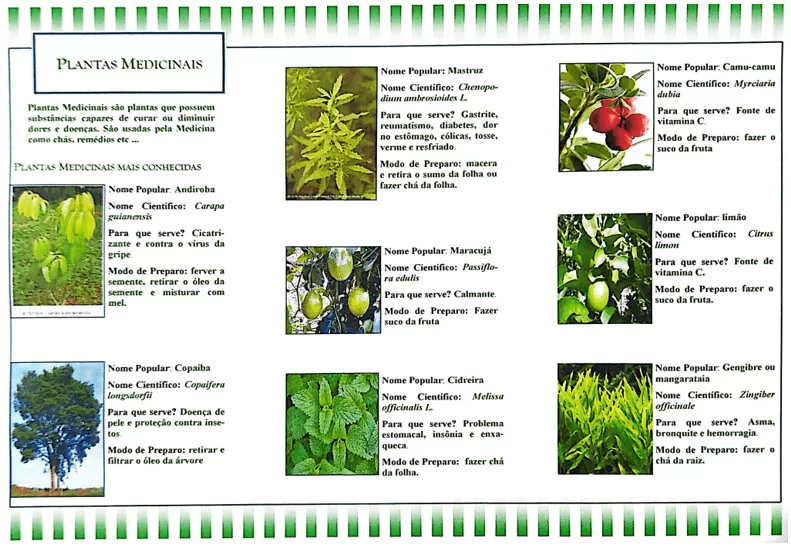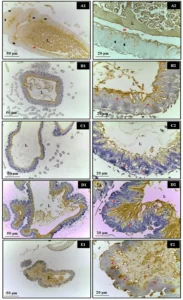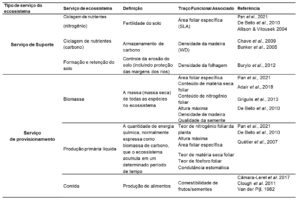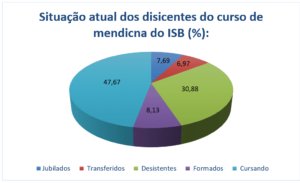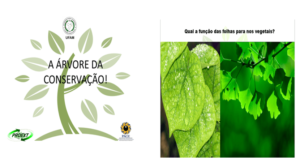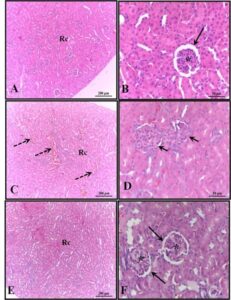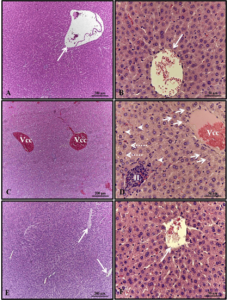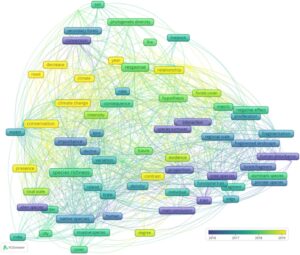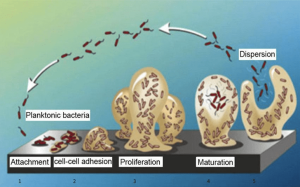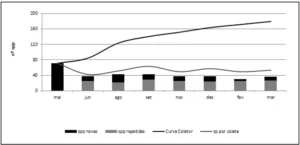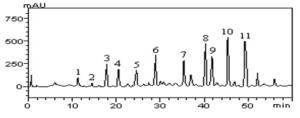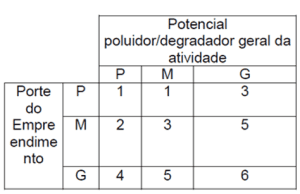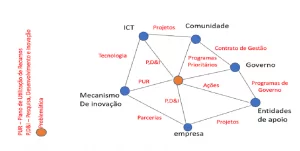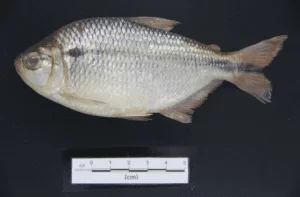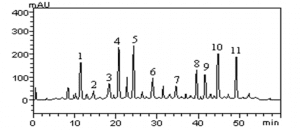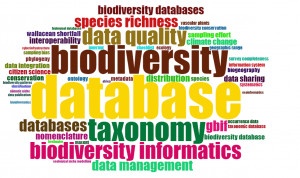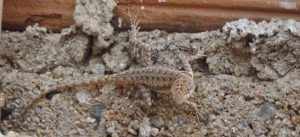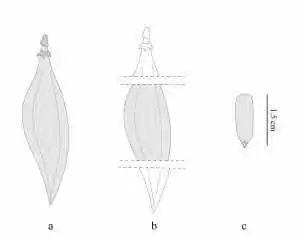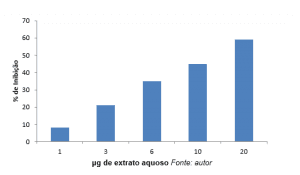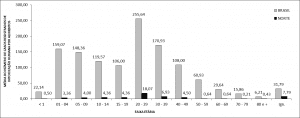BIBLIOMETRIC REVIEW ARTICLE
MALOSSO, Milena Gaion [1], ALVES, Akyla Anara Frota Lima [2], SANTOS, Ivan Monteiro dos [3]
MALOSSO, Milena Gaion. ALVES, Akyla Anara Frota Lima. SANTOS, Ivan Monteiro dos. Medicinal Plant Market: University Outreach for Proper Use of Homemade Phyto-medicines. Revista Científica Multidisciplinar Núcleo do Conhecimento. Year 08, Issue 06, V. 05, pp. 28-41. June 2023. ISSN: 2448-0959, Access link: https://www.nucleodoconhecimento.com.br/biology/phyto-medicines, DOI: 10.32749/nucleodoconhecimento.com.br/biology/phyto-medicines
ABSTRACT
The present work taught cross-cutting content of Sciences and Biology to students of Elementary and High School through various versions of the university outreach action “Medicinal Plant Market of the Instituto de Saúde e Biotecnologia: Healing from Plant Biodiversity,” which were carried out interactively and, being a current theme, caught the attention of the population of Coari/AM, who daily use these plants. The main objective of this work was to instill in people the notion of proper use of medicinal plants, especially regarding correct species identification, proper preparation and storage of teas, poultices, infusions, among others, as well as the accurate dosage and administration of these popular medicinal preparations. The secondary objectives were to raise environmental awareness regarding the conservation of these plants in the environment and to encourage the cultivation of medicinal gardens in the homes of Coari residents. The methodology was carried out as described below. University extension students researched the aforementioned topics in books, scientific journals, pharmacopeias, and websites, and then created a brochure with this information, which was distributed during the execution of various versions of the markets. At the locations where these events took place, there were pots containing plants for observation and sensory recognition, as well as teas, infusions, and other popular medicines properly prepared for the population’s access. The results provided the targeted population with proper knowledge about this topic, as well as encouraged environmental conservation and the cultivation of various medicinal species ex situ in home gardens. This led to an improved quality of life for the Coari population, who learned to use the acquired knowledge to correctly produce homemade medicines for sale.
Keywords: University outreach, Correct identification and proper preparation of homemade phyto-medicines, Proper use of herbal remedies, Environmental conservation.
1. INTRODUCTION
The Constitution of the Federative Republic of Brazil of October 5, 1998, states in Article 207 that “Universities enjoy didactic-scientific, administrative, and financial and patrimonial management autonomy and shall adhere to the principle of the indissociability of research, teaching, and extension.” Thus, it is assumed that activities are more effective when linked to teaching activities, especially in relation to the process of human development, and research with the primary goal of generating knowledge (BRASIL, 2018d). Furthermore, according to CNE/CES Nº 608/2018:
No que se refere à relação entre extensão e ensino, a diretriz de indissociabilidade, nesse caso, coloca o estudante como protagonista de sua formação técnica – processo de obtenção de competências necessárias à atuação profissional e à formação cidadã, o qual lhe permite se reconhecer como agente de garantia de direitos, deveres e transformação social. Essa visão do estudante como protagonista de sua formação técnica e cidadã deve ser entendida, na ação de extensão, a todos os envolvidos; por exemplo, alunos, professores, técnicos administrativos, pessoas da comunidade, estudantes de outras universidade e do ensino médio e fundamental (BRASIL, 2018a).
Resolution No. 07, dated December 18, 2018, of the Education Chamber of the National Council of Education of the Ministry of Education, states in its Article 3 that “Extension in Brazilian Higher Education is an activity that integrates the curriculum and the organization of research, constituting an interdisciplinary, educational, cultural, scientific, and technological political process that promotes transformative interaction between higher education institutions and other sectors of society, through the production and application of knowledge, in permanent articulation with teaching and research” (BRASIL, 2018b). Furthermore, its rectification dated February 18, 2019, complements this idea, now stating in its Article 3:
A Extensão na Educção Superior Brasileira é a atividade que se integra à matriz curricular e à organização da pesquisa, constituindo-se em processo interdisciplinar, político educacional, cultural, científico, tecnológico, que promove a interação transformadora entre as instituições de ensino superior e os outros setores da sociedade, por meio da produção e da aplicação do conhecimento, em articulação permanente com ensino e pesquisa (BRASIL, 2018 c).
The aforementioned Resolution of the Ministry of Education and Culture also establishes in its Article 7 that “Extension actions are characterized by interventions that directly involve the external community of Higher Education Institutions, and that are linked to student education according to this Resolution and in accordance with institutional norms” (BRASIL, 2018), which, in the case of the Universidade Federal do Amazonas, is achieved through dialogical engagement, aiming at transformations in the process of human development.
As stated in the University Extension Policy of the Universidade Federal do Amazonas:
O espaço das ações extensionistas oportuniza possibilidades ímpares de reflexão acerca da realidade sócio-ambiental da Amazônia, debruçando-se sobre questões que afligem as comunidades da região, possibilitando, ainda, a construção de alianças e parcerias em defesa dessas populações, contribuindo para o seu fortalecimento enquanto sujeitos de direito, de modo que, através da articulação entre o ensino, a extensão e a pesquisa, ancorada em processo pedagógico único, finda por contribuir na formação integral do discente, estimulando sua formação como cidadão crítico e responsável (NOGUEIRA, 2000).
Which, during the activities of extension actions, significantly contributes to the improvement of the quality of life of the population of Coari.
2.THE MEDICINAL PLANT MARKET OF THE INSTITUTO DE SAÚDE E BIOTECNOLOGIA (ISB):
The population of Coari, a municipality in the interior of the state of Amazonas, located in the heart of the Amazon rainforest, culturally makes common use of medicinal plants as remedies (MALOSSO et al., 2019).
In order to address the issues arising from the frequent incorrect use of medicinal plants, the Programa de Extensão de Conservação e Uso de Recursos Genéticos Vegetais de Interesse Econômico at the Instituto de Saúde e Biotecnologia of the Universidade Federal do Amazonas carries out, every academic semester, the Curricular Extension Action Project named “Medicinal Plant Market of ISB: Healing from Plant Biodiversity.” The aim of this project is to teach the appropriate methods of hygiene and preparation of homemade herbal medicines to the population of this city, as well as to inform about the ways and importance of conserving these species in the environment.
For this purpose, the university extension students researched topics such as the proper use of medicinal plants (MALOSSO et al., 2011; SOUZA et al., 2016), particularly concerning the correct identification of the species (FABRO, 2020), proper preparation and storage of teas, poultices, infusions, among others (PEDROSO et al., 2021), accurate dosage and administration of these popular medicinal preparations (FRANÇA et al., 2008), environmental awareness regarding the conservation of these plants in the environment (NUNES, 2021), and methodologies for cultivating medicinal gardens at homes (SIMÕES et al., 2021) in books, scientific journals, pharmacopeias (KOROLKOVAS, 1988), and specific internet sites from these areas, such as botanical gardens, Google Scholar, ANVISA, EMBRAPA, and Greenpeace, without time limitations.
Subsequently, they created a brochure containing information such as a photo of the species, common name, scientific name, and synonyms, characteristics for correct species identification, the name of the bioactive molecule, scientific usage indication, appropriate method of preparing homemade phyto-medicines (teas, infusions, poultices, infusions, etc.), planting methods, and guidance for maintaining the species in home gardens for each of the studied plants, as proposed by Malosso et al. (2019).
Each brochure (Figure 1) contained data about various distinct medicinal plant species and was distributed to the participating citizens in each version of the market to disseminate this information.
Figure 1: Brochures distributed to the visiting Coari residents at the Medicinal Plant Market of ISB
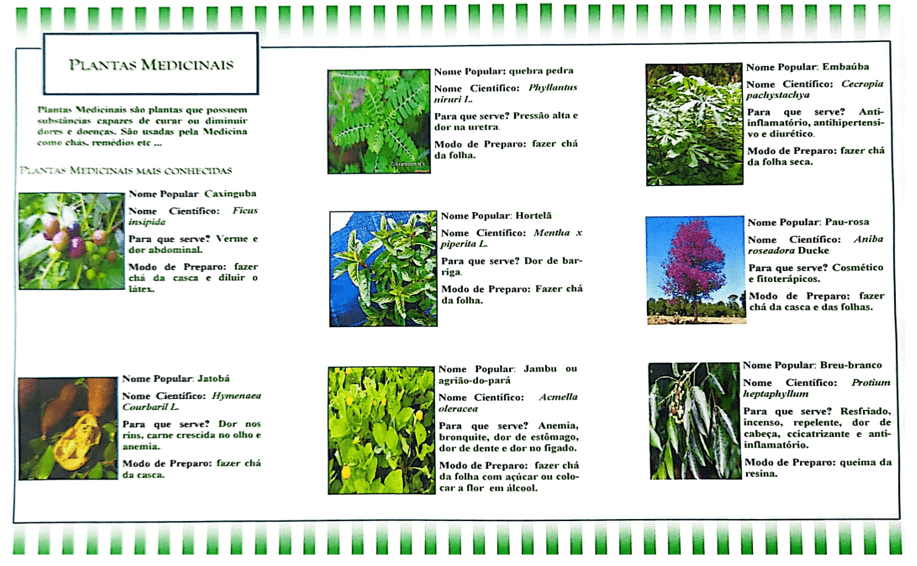
During the execution of the markets, posters measuring 1.20 m x 1.00 m for each species of interest were displayed, as well as a pot containing each plant species, so that the population could see, touch, smell, and learn to recognize the plant species (Figure 2), following the technique described by Resende (2017).
Figure 2: University extension students and medicinal plant posters with their respective brochures in one of the versions of the Curricular Extension Action Project “Medicinal Plant Market of ISB: Healing from Plant Biodiversity”
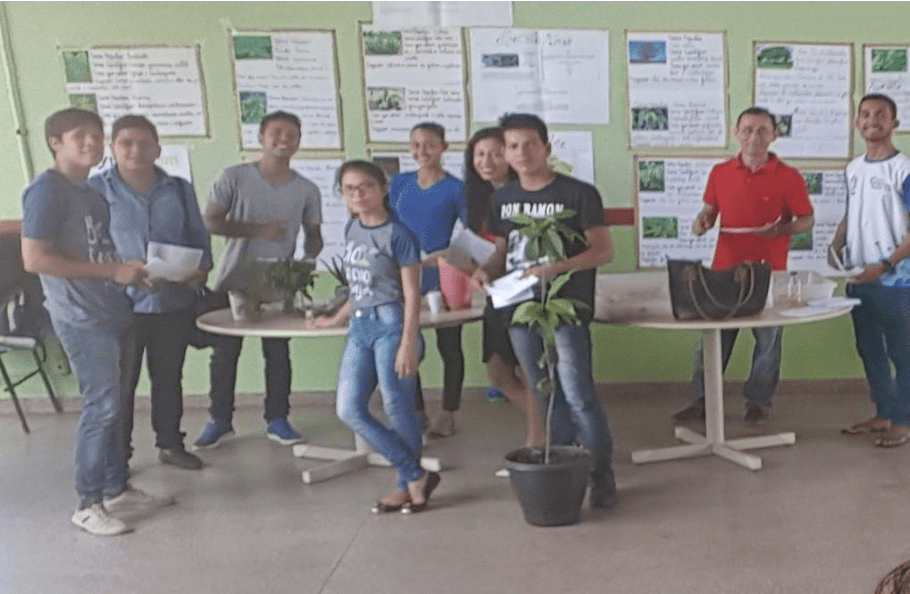
During these events, the university extension students also delivered short lectures and practically demonstrated the making of teas, infusions, poultices, cataplasms, infusions, sitz baths, among others, as proposed by Pereira and Defani (2022), so that the population could learn the correct way of preparing these homemade remedies through hands-on experience (Figure 3).
Figure 3: Extensionist teaching community members how to prepare homemade herbal remedies
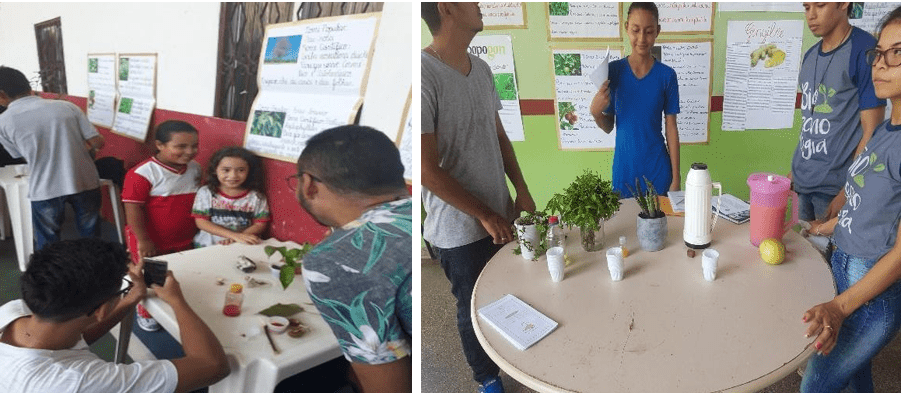
The same methodology was carried out by the university extension students regarding the planting of the species in gardens, so that this knowledge could be replicated at home, in accordance with the proposal by Oliveira et al. (2016). Coari community members, in addition to the various brochures, also received seeds of various medicinal plant species produced in the Laboratory of Plant Tissue Culture at the Instituto de Saúde e Biotecnologia of the Universidade Federal do Amazonas, to start their home gardens (Figure 4).
Figure 4: Community members receiving seeds of various species to start their home gardens
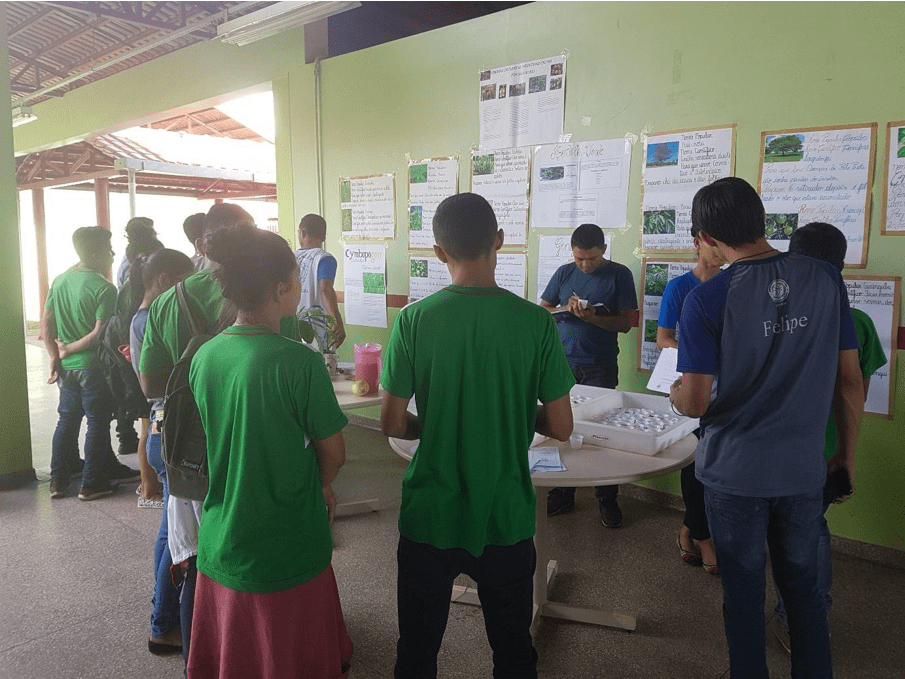
All versions of the Medicinal Plant Market of ISB: Healing from Plant Biodiversity had the presence of over 200 community residents each, and as a result, it was observed that these individuals, especially the children, became disseminators of this much-needed knowledge for the population. They have been cultivating gardens in their homes and schools (Figure 5), as found in similar results by Coutinho et al. (2021) in their extension activities on medicinal plants in public schools.
Figure 5: Students from the Instituto Federal do Amazonas – Coari Campus, starting a school medicinal garden during the execution of one of the versions of the Curricular Extension Action Project “Medicinal Plant Market of ISB: Healing from Plant Biodiversity.”
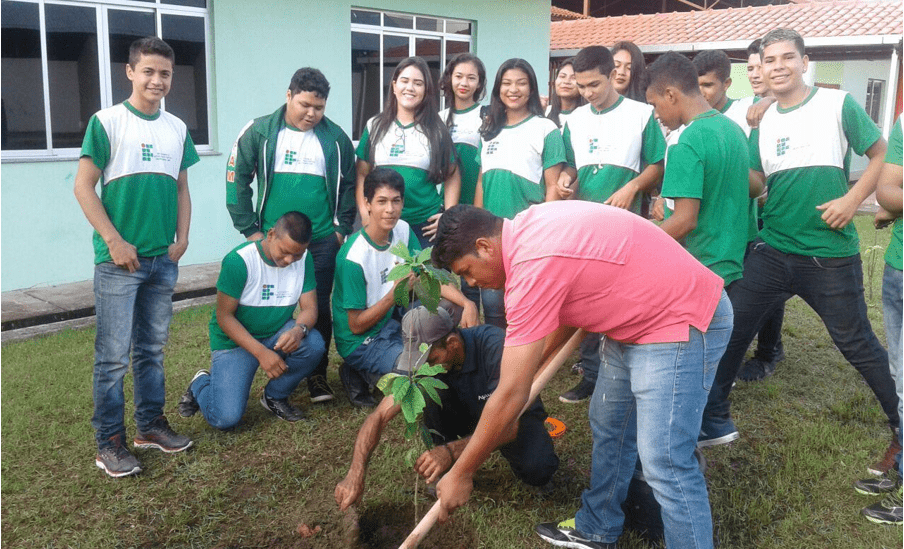
As also concluded by Lima et al. (2019), this type of extension action contributes to the ex situ conservation of various Amazonian plant species, as well as encourages the adult population to start using medicinal plants correctly. Some of them even engage in the proper preparation of homemade herbal remedies sold at municipal markets (Figure 6).
Figure 6: Former participant of this extension project at her booth displaying medicinal plants and homemade herbal preparations at the Municipal Market in Coari, Amazonas
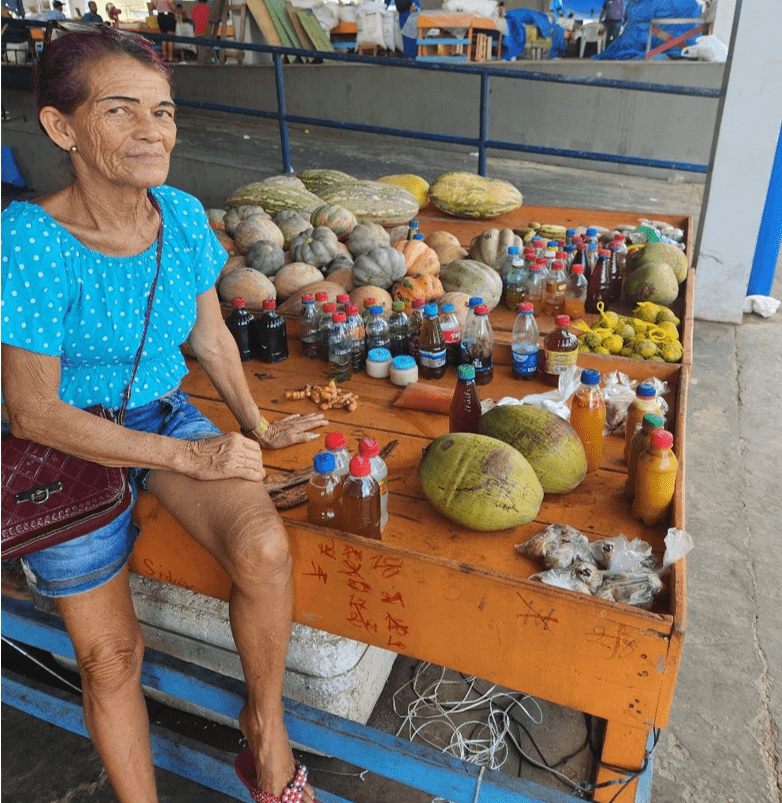
Therefore, apart from professionalizing in this field and generating income for their family in a municipality with a financially deprived population, they start producing homemade herbal remedies correctly, contributing to the improvement of the quality of life (SILVA and QUADROS, 2020) of this population. Due to both cultural practices of habitual use of homemade herbal remedies and often limited access to commercially available medications in pharmacies due to precarious financial conditions (PATRÍCIO, 2022), their correct production serves to enhance the well-being of the community.
3. CONCLUDING REMARKS
These teachings are important and necessary, as generally, the lay population believes that “because plants are natural products, they do not harm health,” when in fact, the improper use of medicinal plants, whether through the use of wrong species or incorrect dosages, or even the use of plants contaminated with microorganisms that can be toxic to health, can lead to intoxication, diseases, and even death. Additionally, the content taught in this project has led to the concrete act of preserving Amazonian medicinal species and provides quality in healthcare treatment for the population. This is achieved not only by enabling them to now make proper use of homemade herbal remedies, but also by offering an income source to community members interested in working in this field. Thus, it proves that university extension activities are tangible actions for improving the quality of life of the community population.
REFERENCES
BRASIL. Ministério da Educação. Conselho Nacional da Educação. Parecer CNE/CES Nº 608/2018. Diretrizes para as políticas de extensão da educação superior brasileira. p. 20, 2018a.
BRASIL. Ministério da Educação. Resolução Nº 07, de 18 de dezembro de 2018b.
BRASIL. Ministério da Educação. Resolução Nº 07, retificada em 19 de dezembro de 2018c. Retificação publicada no DOU de 18/02/2019, Seção 1, p. 28.
BRASIL. Presidência da República. Casa Civil. Constituição da República Federativa do Brasil, 05 de outubro de 1998d.
COUTINHO, T. S. et al. Hervaterapia: horta comunitária com ervas medicinais. Revista Extensão em Foco. n. 24, p. 80 a 94, 2021.
FABRO, M. et al. Identification of medicinal plants used by residents of Serra Catarinense region. Research, Society and Development. v.9, n. 7., 2021.
FRANÇA, I. S. X. et al. Medicina popular: benefícios e malefícios das plantas medicinais. Revista Brasileira de Enfermagem. v. 61, n. 2, 201 – 208, 2008.
KOROLKOVA, A. et al. Farmacopéia Brasileira. Atheneu : São Paulo, 1988. Retirado de: ReP USP – Detalhe do registro: Farmacopéia brasileira.
LIMA, R. A. et al. A importância das plantas medicinais para a construções do conhecimento em botânica em uma escola pública no município de Benjamin Constant – Amazonas (Brasil). Revista Ensino de Ciências e Humanidades – Cidadania, Diversidade e Bem Estar. v. 5, n. 2, 2019, p. 478 – 492.
MALOSSO, M. G. et al. Levantamento Etnofarmacobotânico no município de Coari. Amazonas – Brasil. 1ª Edição. Ícone: Brasília. 180p. 2011.
MALOSSO, M. G. et al. Etnofarmacobotânica do município de Coari, Amazonas – Brasil. Revista Científica Multidisciplinar Núcleo do Conhecimento. ed. 03, v. 11, p. 146 – 157, 2019.
NOGUEIRA, M. D. P. (Org.). Extensão Universitária: diretrizes conceituais e políticas. Documentos Básicos do Fórum Nacional de Pró-Reitores de Extensão das Universidades Públicas Brasileiras 1987 – 2000. Belo Horizonte : PROEX/UFMG. O Fórum, 2000.
NUNES, G. M. et al. Estabelecendo prioridade de conservação para plantas medicinais do Estado da Paraíba, Nordeste do Brasil. Revista Brasileira de Gestão Ambiental e Sustentabilidade. v. 8, n. 19, p. 1029 – 1045, 2021.
OLIVEIRA, W. R.; HEREDIA ZÁRATE, N. A.; VIEIRA, M. C.; TORALLES, E. P. Trabalho social com a implantação de hortas caseiras de plantas medicinais. In: Anais do Agroecol – 1ª Jornada Internacional de Educação do Campo. Dourados/MS, 2016.
PATRÍCIO, K. P. et al. O uso de plantas medicinais na atenção primária à saúde: revisão integrativa. Ciência da Saúde Coletiva. v. 27, n. 2, 2022.
PEDROSO, R. S.; ANDRADE, G.; PIRES, R. H. Plantas Medicinais: uma abordagem sobre o uso seguro e racional. Physis: Revista de Saúde Coletiva. v. 3, n. 2, p. 1 – 19, 2021.
PEREIRA, M. C.; DEFANI, M. A. Plantas Medicinais: modificando conceitos. [S.l.]. p. 1 – 18, 2013.
RESENDE, A. A. et al. Capítulo 7: Coleta, herborização e identificação de espécies vegetais. v. 7, p. 103 – 116, 2017.
SILVA, L. B.; QUADROS, F. A. A. Plantas medicinais: resgate do patrimônio cultural imaterial indígena terena. Revista Extensão em Ação. v. 21, n. 1, p. 94 a 104, 2020.
SIMÕES, M. C. et al. O conhecimento tradicional para a construção de um horta medicinal em Salvaterra, Ilha do Marajó, Pará. HOLOS, v. 4, p. 1 – 12, 2021.
SOUZA, G. F. M. et al. Plantas Medicinais X Raízeiros: uso na odontologia. Revista de Cirurgia e Traumatologia Buco-Maxilo-Facial. v. 16, n. 3, p. 21 – 29, 2016.
[1] Ph.D. (Doctorate). ORCID: 0000-0003-1613-1331. Currículo Lattes: https://lattes.cnpq.br/1873078781409836.
[2] Undergraduate degree. ORCID: 0009-0007-9960-4603. Currículo Lattes: http://lattes.cnpq.br/2132147505190408.
[3] Master’s degree. ORCID: 0000-0002-9698-7780. Currículo Lattes: http://lattes.cnpq.br/90585150692083.
Sent: May 10, 2023.
Approved: June 22, 2023.
